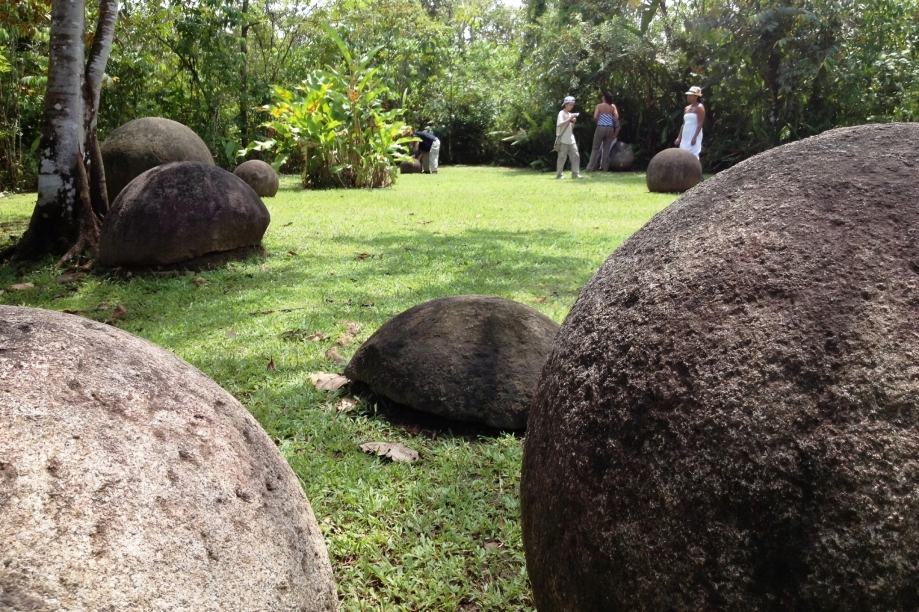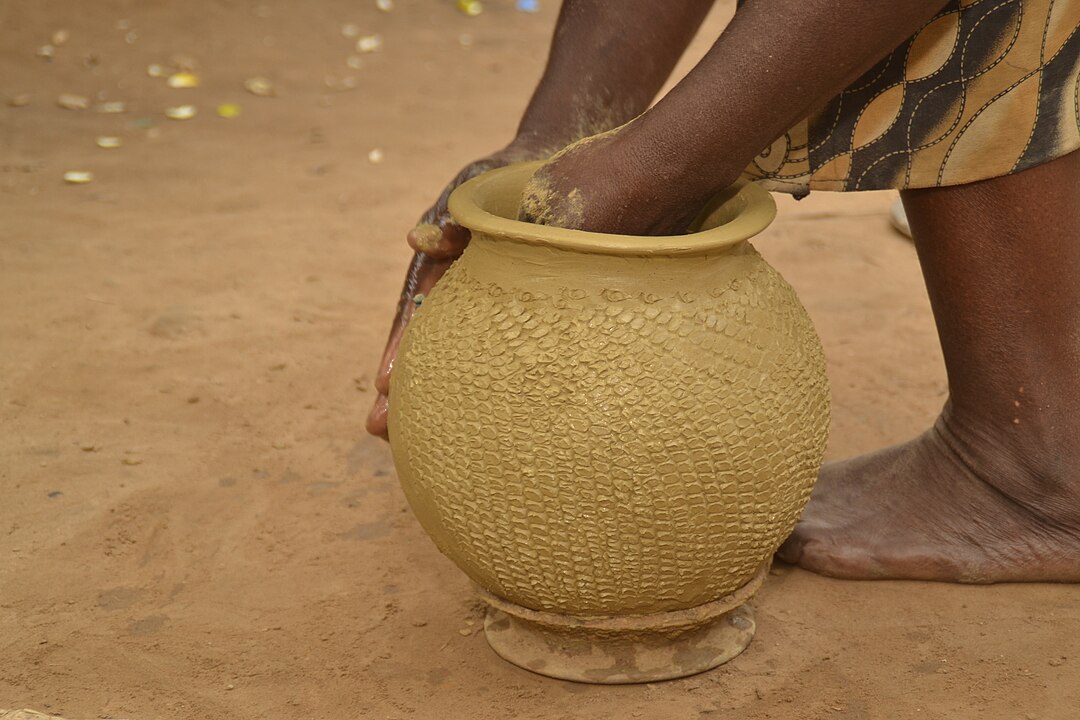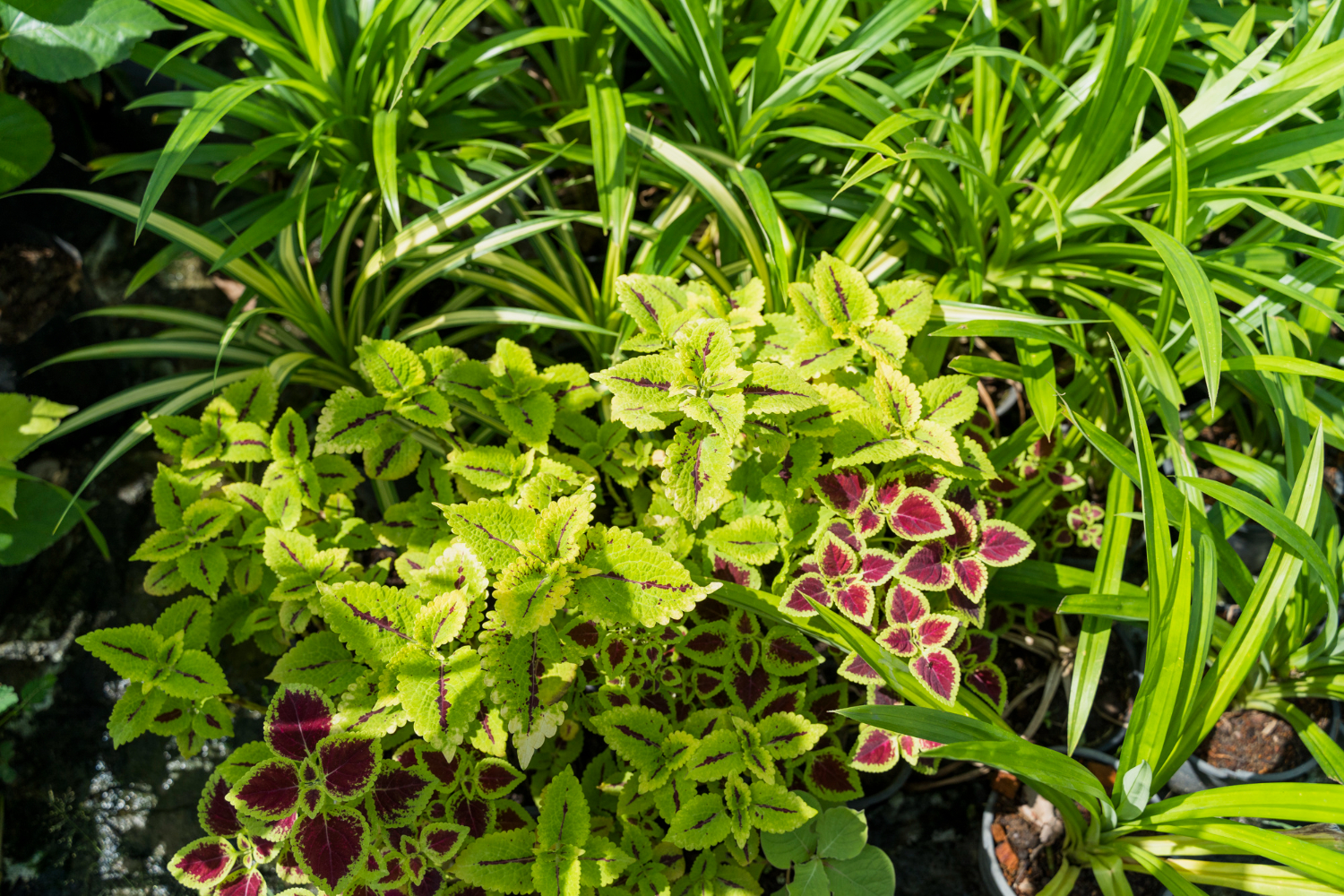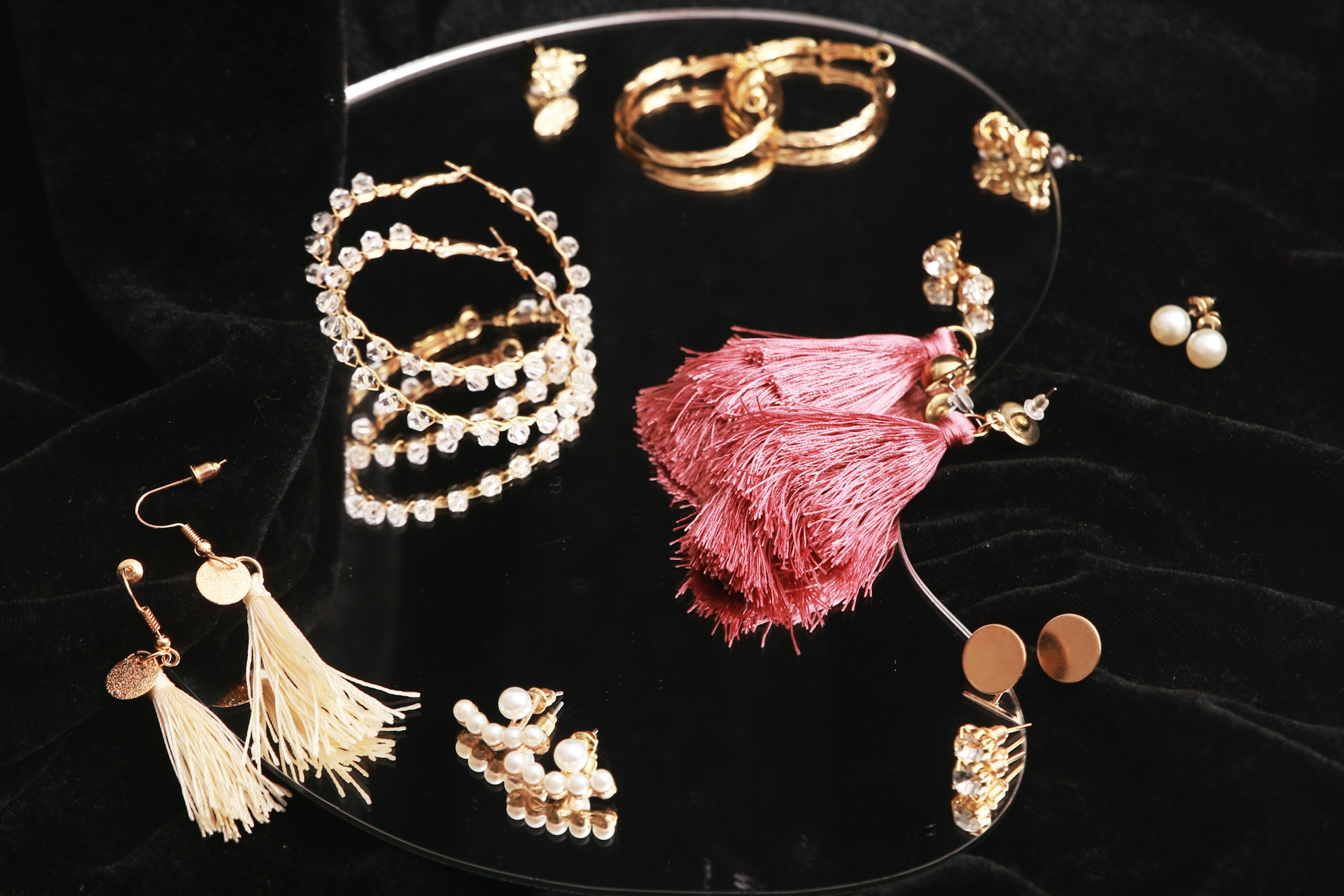Airports are full of people clutching bags of local snacks, seashells, and trinkets that seemed harmless in a market stall but look different under a customs officer’s light. Around the world, laws try to protect fragile wildlife, historic sites, farms, and communities from the quiet damage caused by casual souvenir hunting. What feels like a sweet reminder of a trip can be linked to poaching, disease, or theft. The stakes are bigger than a single bracelet, stone, or bottle of homemade sausage.
Wildlife Jewelry and Ivory Trinkets

Carved tusk pendants, glossy turtle shell bracelets, and polished whale tooth charms still appear in certain markets, sold as symbols of strength or tradition. Behind the glass counter sits a harsher reality, since many of these pieces come from endangered animals protected by international agreements. Customs officers often seize them on sight, and travelers can face fines. What looked like a unique treasure usually ends up locked away as evidence of wildlife crime instead of hanging around someone’s neck.
Coral, Shells, and Dried Starfish

Stalls near busy beaches love to pile bowls with coral chunks, perfect shells, and dried starfish, all arranged like a ready made centerpiece for a coffee table back home. The problem is that these curios are pulled from fragile reefs and shorelines that already struggle with warming seas and heavy tourism. Many countries now treat wild coral and certain shells as protected material, not vacation décor. When inspectors find bags full of them at departure gates, those sunny souvenirs rarely make it onto the plane.
Sand, Stones, and So Called Cursed Rocks

A handful of sand from a famous beach or a small rock from a volcanic park can feel like the most harmless keepsake possible. In places such as Sardinia and historic sites in Italy, removing sand, pebbles, or lava stones is actually illegal and treated as theft from the landscape. Authorities issue fines and sometimes receive guilty parcels of rocks mailed back by worried tourists. Over time, countless tiny removals change shorelines and erode heritage sites that already face more than enough pressure.
Ancient Artifacts and Pottery Shards

Broken pottery, old coins, or carved fragments that lie in open fields can look abandoned, as if history simply left them behind for anyone to claim. Archaeologists see something very different: pieces of a story that depend on where and how objects are found. Many countries treat every artifact as state owned cultural property, even when it appears small or weathered. Taking one home can bring more than embarrassment at the airport. It can erase clues that might have reshaped the understanding of a site.
Counterfeit Designer Bags and Watches

Knockoff sneakers, logo heavy handbags, and imitation watches line the walls of certain street markets, offering a glamorous look for a fraction of boutique prices. Some travelers treat a fake as a playful secret between friends. Customs agents see a direct link to organized crime, labor abuse, and tax evasion. Counterfeit goods violate intellectual property laws and are often destroyed once seized. The bargain that seemed clever on a crowded alley suddenly feels less charming when officials confiscate it under bright terminal lighting.
Exotic Animal Skins and Taxidermy

Crocodile belts, snakeskin boots, big cat rugs, and mounted birds can look like bold statement pieces in tourist showrooms. Sellers may insist that the animals were farmed legally or found already dead, but proving that story at the airport is another matter. Many of these species sit on protected lists, and exporting their parts without strict permits is illegal. Border agents routinely pull such items aside, leaving travelers with a notice of seizure instead of a dramatic conversation piece for the living room floor.
Traditional Remedies Made from Rare Animals

Bottles and packets labeled with pictures of tigers, bears, seahorses, or rhinos still circulate in some traditional medicine shops and market stalls. These remedies tap into long standing beliefs about strength, healing, or vitality, yet often rely on endangered species. Modern wildlife laws treat many of these products as contraband, regardless of what the vendor claims. Travelers who pack them into checked bags may think they are carrying culture home. In reality, they are carrying evidence that can fuel poaching and trafficking.
Live Plants, Seeds, and Protected Orchids

Lush orchids, tiny cactus cuttings, and unmarked seed packets look harmless in a greenhouse or weekend market. Garden lovers often imagine them thriving in a windowsill planter back home. Agriculture and biosecurity officials picture invasive pests, fungi, and plant diseases hitching a ride to new continents. That is why many countries ban soil, certain live plants, and unapproved seeds in luggage. Even when no penalty follows, inspectors will often confiscate green souvenirs on arrival to protect local farms and ecosystems.
Meat, Cheese, and Homemade Sausages

The smoky sausage from a mountain village, the vacuum packed raw milk cheese, or the jar of home canned meat from a rural farm all carry strong emotional pull. Friends and relatives may be waiting to taste them. Border rules focus less on taste and more on the risk of livestock diseases and foodborne illness. Many nations restrict or ban meat and fresh dairy in luggage, especially when travelers come from areas with recent outbreaks. Those flavors usually end their journey in inspection bins.
Weapons, War Relics, and Spent Shell Casings

Flea markets near old battlefields often sell empty shell casings, bayonets, or even deactivated grenades, all framed as history that fits into a backpack. Security officials still view weapons and ordnance with suspicion, particularly when they cross borders without paperwork. What appears to be a harmless relic can trigger evacuations if staff suspect live explosives. Firearms and certain parts bring even tougher scrutiny. A casual purchase for a home display shelf can quickly turn into questioning and delays in a side room.
Sacred Objects and Graveyard Keepsakes

Small statues from shrines, fragments of carved altars, or pebbles taken from historic graves may feel powerful to someone moved by a place of worship. Local communities often see those same items as sacred or protected, never meant for private collections abroad. Laws in many regions forbid removing objects from religious sites, cemeteries, and indigenous cultural spaces, especially when damage is involved. Even when authorities never hear about it, the quiet loss can cut deeply into traditions and collective memory.


